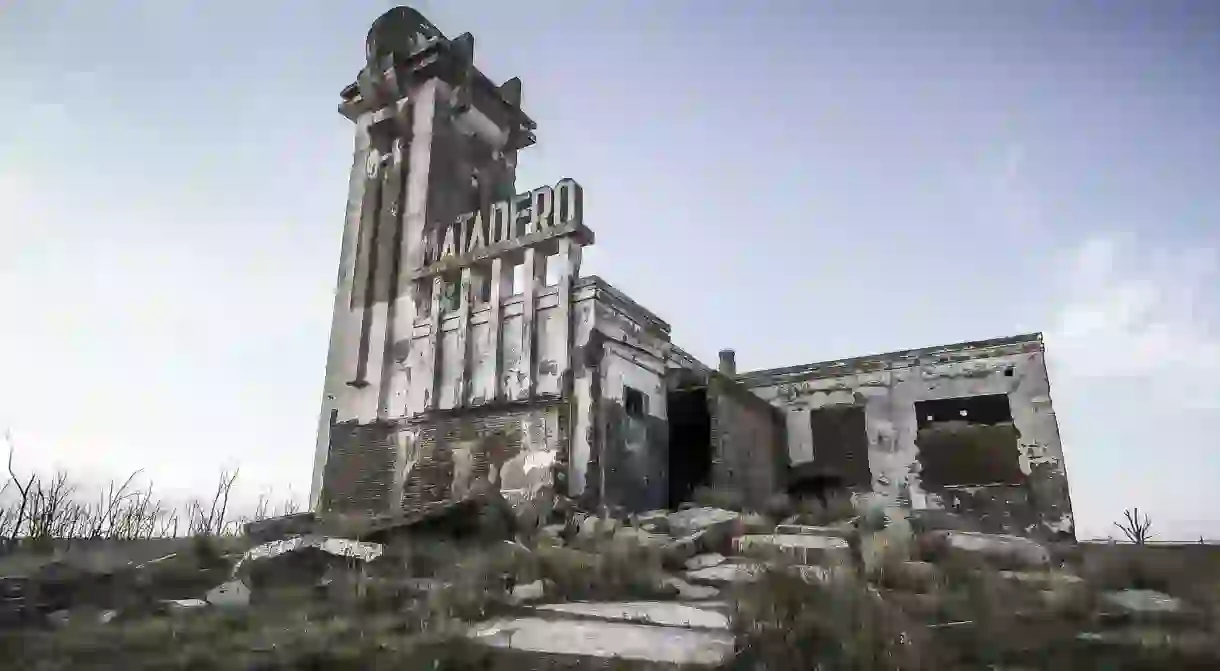Welcome to Villa Epecuén: Argentina’s Underwater “Town that Drowned”

For decades, Villa Epecuén was a favorite getaway for Argentina’s wealthiest. During its heyday, the town of just 1,500 could accommodate at least 5,000 visitors. This all changed the day a dam broke and flooded the area under 30 feet of water, submerging the town for over 25 years.
Villa Epecuén was founded in 1921 as the most exclusive tourist village in the country. Built around the salty waters of Epecuén Lake, the town thrived off of the many people who yearned for the water’s therapeutic effects. Located some 370 miles away from the city of Buenos Aires, next to the border with La Pampa, it rapidly became one of the trendiest destinations in the country and was especially popular among the rich and famous. Not only was it family-friendly, but it also attracted visitors with the alleged health benefits of its mineral waters, which were said to improve skin and rheumatic conditions.

These waters were often compared to the ones from the Dead Sea and were touted as “miraculous,” further promoting the town as the perfect vacation spot. In the late ’70s, Villa Epecuén had up to 280 businesses, which included hotels, lodges, guesthouses and a wide range of stores that served the 25,000 tourists who visited in the summer months between November and March each year.
Yet, even though officials poured a lot of money and effort into expanding the accommodations, no one focused enough attention or resources on the containment dam that separated the lake from the town.
On November 10, 1985, the dam broke during a storm due to a series of strong winds that made the otherwise calm waters uncontainable. The water rose at a rate of half an inch per hour, and after two weeks the wall gave up for good. Locals had to be evacuated, and homes and businesses were abandoned.

It took almost 25 years for the water to recede to its original level, but even today a few blocks remain underwater. Currently, the town still has streets flanked by half-torn businesses and houses. The great hotels and lodges from yesteryear, surrounded by rusty cars and overgrown trees, make for a post-apocalyptic sight. Nowadays, tourists from all over the world, extreme sports enthusiasts and photographers come visit the ruins of Villa Epecuén.

However, to say that no one lives here anymore would be a grave oversight. Pablo Novak, 88, returned to his home in 2009 and has been living here ever since as its only resident. His story is recollected in Pablo’s Villa (2013), a documentary that explores his life and the demise of the town. His mother was a local, but his father was a Ukrainian immigrant. Pablo and his father fabricated bricks that were later used for many of the houses of Epecuén.
“Hotels had already bought everything for the summer season and hired the employees. The water broke in one night. I will never forget the sound of the water. A few days, later authorities told us: ‘Take what you can carry, we need to leave town: Epecuén is going to disappear,’” Novak told a newspaper earlier this year.
When the water rose, the only way out of town was the train, built many decades earlier to connect with Buenos Aires. Not long after, the tracks were flooded and the town permanently disconnected.

The high levels of salt in the water left a white residue on every building, painting the whole village white and making it a true ghost town. Pablo is the only one who walks among the ruins. He has no plans of leaving Villa Epecuén: “As long as I can walk and tell the story of my life, I will stay here in my ranchito.”














